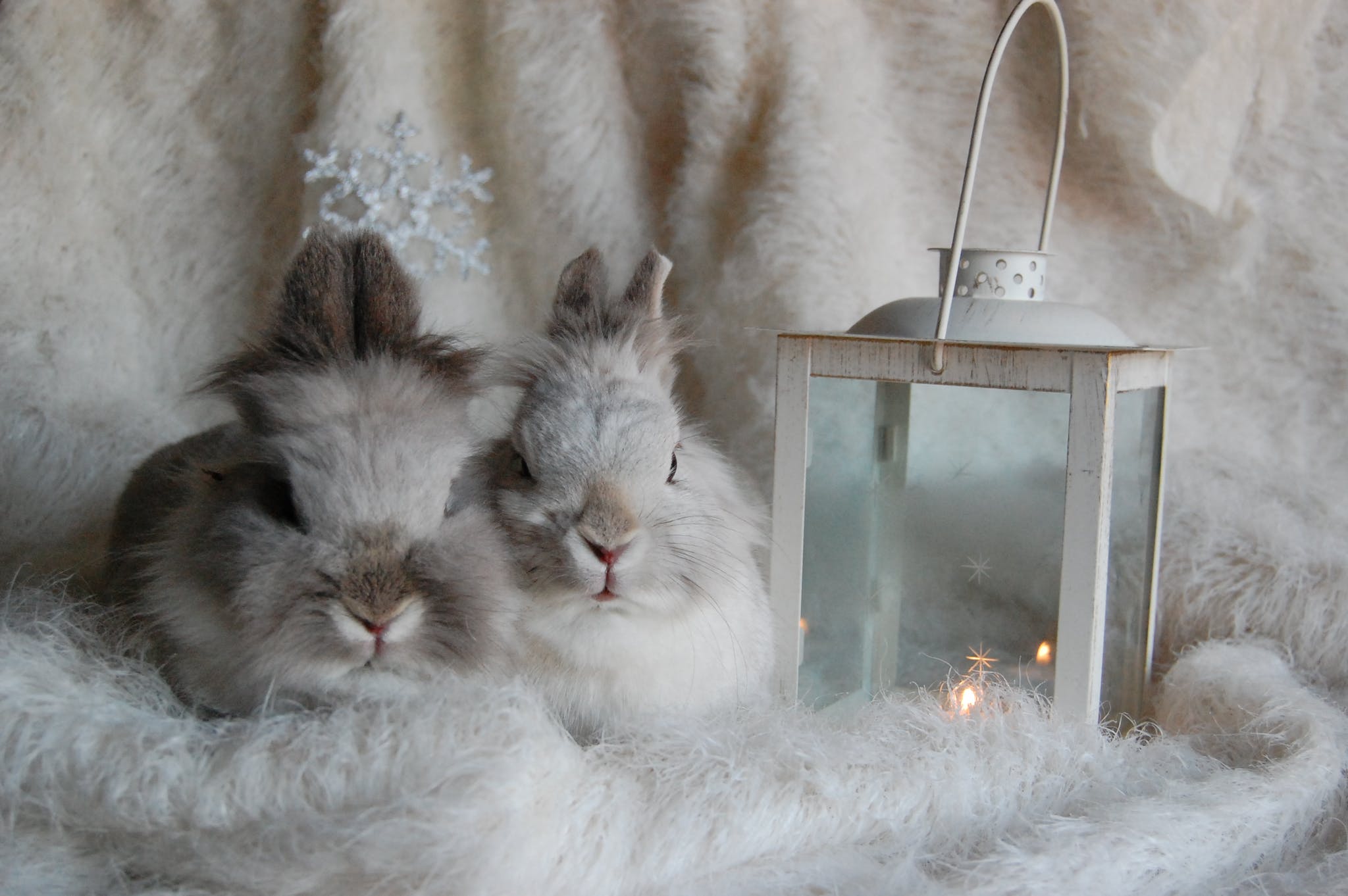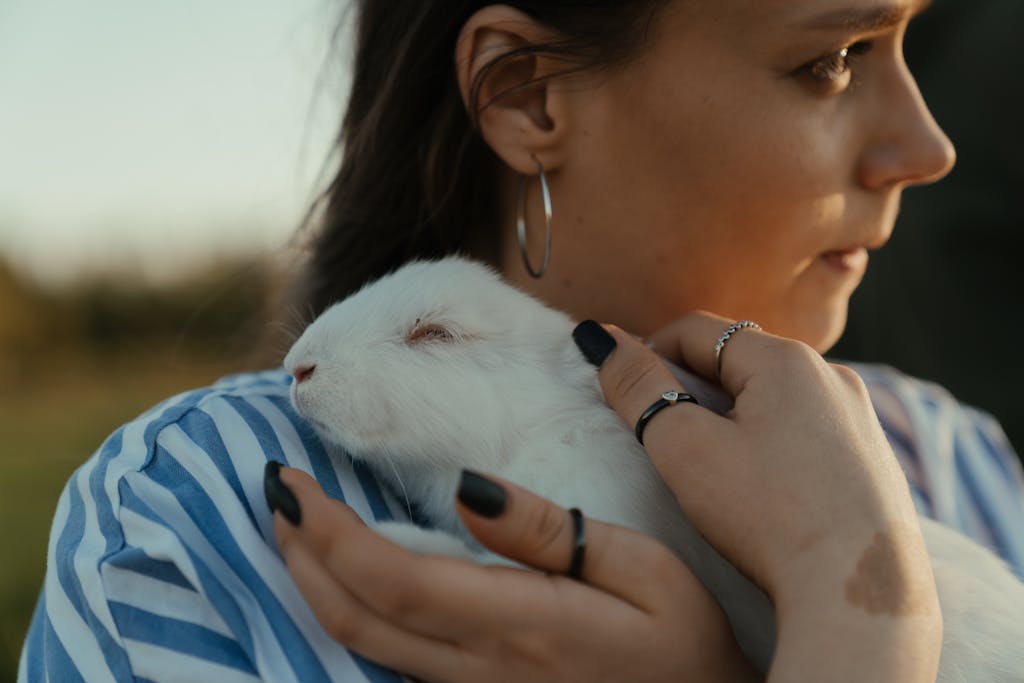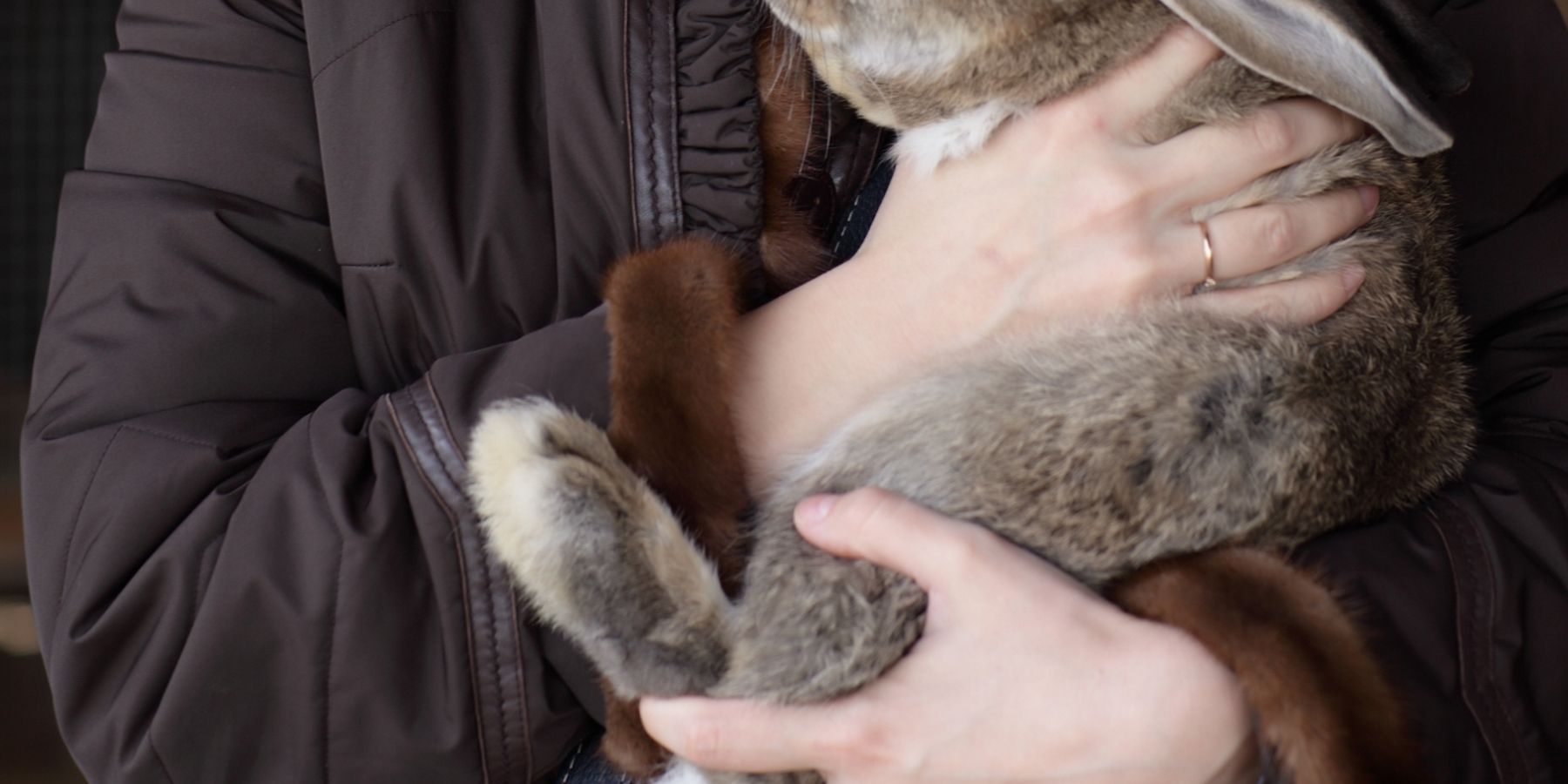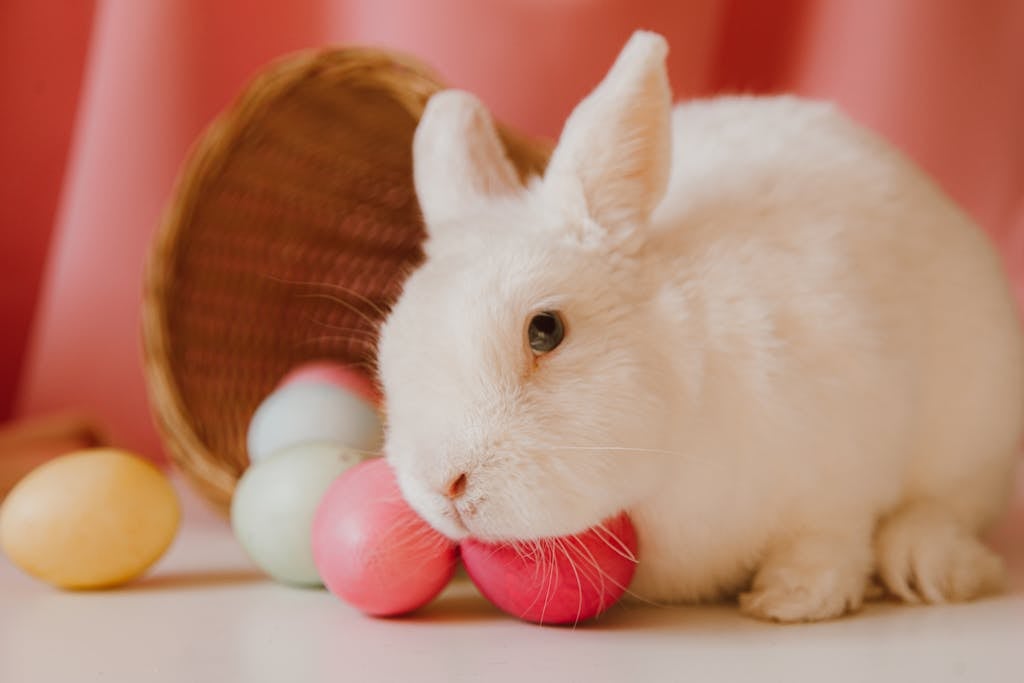Why Do Rabbits Get the Zoomies
There are some affiliate links below, but they are all products I highly recommend. For more info, view my disclosure here.
Have you ever witnessed the seemingly contradictory sight of a calm and composed rabbit suddenly bursting into a frenzy of wild hops and spins? You may have found yourself wondering why rabbits get the zoomies.
Well, wonder no more, as we delve into the fascinating reasons behind this peculiar behavior. From their natural instincts to the need for exercise and energy release, there are various factors that contribute to the zoomies in rabbits.
But that’s not all – there’s more to uncover about the emotional expression, playful nature, social interaction, and environmental stimulation that drive these adorable furry creatures to indulge in their energetic bouts.
So, let’s explore the captivating world of rabbit behavior and discover what lies behind their zany zoomies.
Natural Instincts
Rabbits have a range of natural instincts that play a crucial role in their behavior and survival. Understanding these instincts can help you better understand and care for your bunny.
One of the most important instincts rabbits possess is their need to dig. In the wild, rabbits dig burrows to create safe and secure homes. Even if your pet rabbit doesn’t have access to soil, they may still display this instinct by digging at the carpet or bedding. Providing them with a digging box filled with safe materials, like hay or shredded paper, can help satisfy this natural behavior.
Another instinct rabbits have is their need to chew. Their teeth grow continuously, so chewing on objects helps wear them down. Providing them with plenty of safe chew toys, like wooden blocks or hay cubes, can prevent dental issues and keep them entertained.
Additionally, rabbits have a strong instinct to flee from perceived danger. This is why they can be easily startled and may exhibit the infamous ‘zoomies,’ where they run and jump around in a burst of energy.
Understanding and respecting these natural instincts will help create a safe and enriching environment for your beloved rabbit.

Exercise and Energy Release
Looking to keep your furry friend active and energized? Exercise is key to ensuring your rabbit stays healthy and happy. Rabbits are naturally active animals, and providing them with opportunities to release their energy is essential. Regular exercise not only helps maintain your rabbit’s physical fitness but also reduces the risk of obesity and promotes mental stimulation.
One way to encourage exercise is by providing your rabbit with a spacious and stimulating environment. A large enclosure or playpen allows your rabbit to hop, run, and explore. Consider adding tunnels, ramps, and toys to keep them engaged and active. You can also create an obstacle course using cardboard boxes or PVC pipes for your rabbit to navigate through.
Another effective exercise method is supervised free-roaming. Allow your rabbit to explore a designated rabbit-proofed area in your home, ensuring their safety and removing any potential hazards. Supervision is crucial to prevent unwanted chewing or accidents.
In addition to physical exercise, mental stimulation is vital for your rabbit’s overall well-being. Interactive toys, such as puzzle feeders or treat balls, encourage your rabbit to think and problem-solve while providing them with a tasty reward.
Emotional Expression
To understand your rabbit’s emotional state, observe their behavior and body language closely.
Rabbits, like humans, express their emotions in various ways. One of the most common emotional expressions seen in rabbits is binkying. Binkying occurs when a rabbit jumps in the air, twists their body, and flicks their feet. This behavior is a clear indication of happiness and excitement.
Another way rabbits express their emotions is through their ears. When a rabbit’s ears are erect and facing forward, it means they’re alert and curious. However, if their ears are flattened against their back, it’s a sign of fear or aggression.
Similarly, a rabbit’s body posture can reveal a lot about their emotional state. If their body is relaxed, with their hind legs stretched out and their head held high, it indicates contentment. On the other hand, a hunched posture with their chin tucked in suggests fear or discomfort.
Playful Behavior
Engage in interactive playtime with your rabbit to stimulate their natural playful behavior. Rabbits are naturally curious and active animals, and playtime is an important part of their daily routine. By engaging in play with your rabbit, you’re providing them with mental stimulation and physical exercise, which is essential for their overall well-being.
There are various ways you can engage in playtime with your rabbit. One popular option is to use interactive toys, such as puzzle toys or treat-dispensing toys. These toys encourage your rabbit to use their natural instincts to forage and explore. You can also use toys that allow your rabbit to chase and pounce, like soft balls or stuffed animals.
Another great way to stimulate your rabbit’s playful behavior is through gentle physical interaction. You can use your hands to gently stroke and tickle your rabbit’s back, which they may interpret as an invitation to play. You can also gently rub their chin or behind their ears, which rabbits often find enjoyable.
It’s important to remember that playtime should always be supervised, as rabbits can be sensitive and easily frightened. Pay attention to your rabbit’s body language and make sure they’re comfortable and enjoying the play session. If your rabbit seems stressed or anxious, it’s best to give them some space and try again later.
Social Interaction
Interact with your rabbit socially to strengthen the bond between you and provide them with companionship. Rabbits are social animals by nature and thrive on social interaction. Spending quality time with your bunny can help prevent loneliness and boredom, which can lead to behavioral issues.
One way to engage in social interaction with your rabbit is through gentle petting and stroking. Most rabbits enjoy being touched and respond positively to gentle caresses. However, it’s important to be mindful of your rabbit’s body language and respect their boundaries. If they show signs of discomfort or try to move away, it’s best to give them space.
Another way to socialize with your rabbit is by talking to them. Rabbits are known to be responsive to human voices and may even recognize their names. Engaging in conversations with your bunny can help create a sense of connection and make them feel included in your daily activities.
Providing your rabbit with opportunities for playtime and exploration can enhance social interaction. This can include setting up a safe and stimulating environment with toys, tunnels, and hiding spots. Playing interactive games, such as hide-and-seek or teaching them tricks, can also be a fun way to bond.
Environmental Stimulation
Stimulate your rabbit’s environment to keep them engaged and mentally stimulated. Rabbits are curious creatures, and providing them with a stimulating environment is essential for their well-being.
One way to do this is by creating a rabbit-friendly space where they can explore and play. Set up a variety of toys and objects that they can interact with, such as tunnels, chew toys, and cardboard boxes. These items won’t only provide physical exercise but also mental stimulation as they encourage problem-solving and exploration.
Consider introducing different textures and surfaces in their environment. This can include providing them with soft blankets to snuggle in, grass mats to hop on, or even a shallow tray filled with sand for digging. These sensory experiences will engage their senses and keep them mentally stimulated.
Another important aspect of environmental stimulation is providing your rabbit with opportunities for foraging. Scatter their food throughout their enclosure or hide it in interactive toys that they’ve to work to access. This mimics their natural behavior of searching for food and keeps their minds active.
Don’t forget the importance of social interaction. While environmental stimulation is crucial, it shouldn’t replace the need for regular human interaction and companionship. Spend time with your rabbit, provide them with affection and attention, and engage in interactive play sessions. This social stimulation is vital for their overall well-being and happiness.
Conclusion
So next time you see your rabbit zooming around, remember that it’s not just random chaos. It’s their natural instincts, need for exercise and energy release, emotional expression, playful behavior, social interaction, and environmental stimulation all coming together.
The zoomies are a way for rabbits to let loose and have fun, so embrace the joy and energy they bring to your home.







